Market-based production
Inheriting his family's hill-based chicken farm model, Mr. Nguyen Giang Tri (An Tuong commune, Gia Lai province) has successfully built the brand "Giang Nguyen Green Chicken".
Instead of raising commercial chickens and chasing quantity like before, Mr. Tri focuses on improving the quality of chickens and investing in machinery and equipment for deep processing.
Mr. Tri raises chickens on hills and feeds them natural foods such as beer dregs, calcium worms, and herbs.
Photo : Quang Tan
With an area of about 10 hectares, Mr. Tri's chicken farm is currently raising about 30-40 thousand chickens of all kinds to serve the processing needs of the facility.
The special thing about "Giang Nguyen Green Chicken" is that the chickens are raised in a natural way, on open hills. The main food is beer dregs, green vegetables, calcium worms, herbs and absolutely no growth stimulants are used. Thanks to that, Giang Nguyen's chicken products are always of high quality, have a characteristic aroma, and are favored by consumers.
“Previously, my farm mainly raised free-range chickens for commercial purposes, but the market was quite unstable and the profits were not high. Therefore, after a period of researching market demand, I decided to invest in machinery and equipment for processing and providing better quality chicken products. We have dried green chicken and green sugarcane chicken products that have been certified with 3-star OCOP, and have been very positively received by the market inside and outside the province,” Mr. Tri shared.
"Giang Nguyen Green Chicken" is gradually establishing its position in the market. Photo: Quang Tan
Besides successfully building 2 products certified with 3-star OCOP, Mr. Tri is nurturing a new product chain, deeply processed according to a closed-loop model such as: Chicken liver pate, chicken sausage, concentrated broth from chicken bones...
Developing a chain of chicken products not only helps increase income, but also enhances the competitiveness of the "Giang Nguyen Green Chicken" brand. From creating jobs for his family, Mr. Tri's facility has now created regular jobs for 5 local workers.
Similarly, Mr. Han Van Thanh's green-skin pomelo garden of more than 100 trees (Tan Thinh village, An Tuong commune) is being cultivated according to VietGAP standards and is gradually creating trust and a foothold in the hearts of consumers near and far.
Mr. Thanh said: “To meet the increasing demand of customers, my family's entire grapefruit area is cultivated according to VietGAP standards, limiting the use of fertilizers and chemicals, only prioritizing the use of manure, organic, and biological pesticides. The fruit is also carefully wrapped to avoid damage from insect bites."
Thanks to that, Mr. Thanh's family's grapefruit garden always gives high yield, good quality, sweet and juicy grapefruit flesh... and is always sought out by traders who come to the garden to order. On average, each year, the family earns more than 100 million VND in profit from the grapefruit garden.
Mr. Han Van Thanh (Tan Thinh village, An Tuong) next to his grapefruit garden that brings in more than 100 million VND per year for his family. Photo: Quang Tan
In Van Long village (An Hoa commune), Mr. Tran Quoc Thang and his wife have succeeded with the model of growing mulberry to raise silkworms. After learning from some models in the commune, the couple converted 1 hectare of corn land along the An Lao river to grow mulberry to raise silkworms.
Thanks to the fertile alluvial soil, along with the introduction of quality mulberry varieties, combined with the application of water-saving irrigation technology, the amount of mulberry always meets Mr. Thang's monthly demand for raising 2-3 boxes of silkworms. With the current selling price of 170,000 VND/kg of cocoons, his family earns an average of 15-20 million VND per month.
Mr. Thang excitedly said: “Since switching to growing mulberry and raising silkworms, the family's economic life has become more stable. This model does not require high technology, large labor force and does not need much capital, but it rotates very quickly and is more effective than growing corn, beans... On average, it takes about 15 days to raise cocoons. In the near future, if I have the conditions, I will expand the scale to improve the family economy."
Opening the way for sustainable agriculture
Since switching to growing mulberry and raising silkworms, the economic life of Mr. Tran Quoc Thang's family (Van Long village, An Hoa commune) has become increasingly stable. Photo: Quang Tan
According to Mr. Chau Van Hieu - Secretary of the Party Committee of An Hoa commune, currently, the total area of mulberry cultivation and silkworm breeding in the commune is about 30 hectares. Through a survey of households, the commune determined that this is a model that brings higher efficiency than other crops in the area. Therefore, in the coming time, the commune will focus on restructuring the agricultural sector; in which, re-planning the mulberry growing area as well as actively mobilizing people to restore the silkworm breeding profession.
"The commune will also focus on supporting people in applying scientific and technical advances in production as well as calling on and creating favorable conditions for businesses inside and outside the province to participate in building a production chain linked with stable consumption of silkworm cocoon products for people," Mr. Hieu affirmed.
Also according to the Party Secretary of An Hoa commune, with fertile land thanks to alluvium from An Lao river, An Hoa is not only suitable for developing mulberry cultivation and silkworm raising but also suitable for developing citrus fruit trees, rice, forest planting as well as raising chickens and pigs on a large scale.
At the same time, if we do a good job of attracting investment, linking processing plants with concentrated raw material areas and applying high technology to production, it promises to create a breakthrough in local economic development. Thereby, helping people increase their income, reduce poverty sustainably, and gradually promote sustainable socio-economic development in the 2025-2030 term.
An Tuong has favorable land and climate for growing rice, citrus fruit trees, and large timber forests. Photo: Thanh Sang
Mr. Nguyen Van Tuan, Vice Chairman of the People's Committee of An Tuong Commune, said: The commune has great potential in terms of land and climate to develop agriculture with key crops such as rice, citrus fruit trees, planted forests, raising chickens, pigs, etc. In recent years, farmers in the area have gradually applied scientific and technical advances in cultivation and production according to standards to meet the increasing demands of the market.
“Models such as “Giang Nguyen Green Chicken”, raising black pigs, growing VietGAP rice or planting forests according to FSC standards… are showing high economic efficiency and have many prospects. The commune will orient to replicate and promote people to expand the models as well as build a chain of links linked to domestic and foreign consumption markets,” said Mr. Tuan.
In particular, An Tuong commune also focuses on calling on potential enterprises to invest in building large-scale raw material areas associated with processing factories and export markets to create stable output for local agricultural and forestry products.
Along with that, the commune will propose policies on investment in applying high technology in production; support cooperatives and business households in the area to build typical OCOP products to improve products, expand markets, and develop the agricultural sector in a sustainable direction.
The models in An Hoa and An Tuong show that when production is linked to market demand, technical advances are applied and deep processing is focused, farmers not only have stable income but also open up a sustainable direction for local agriculture.
Source: https://baogialai.com.vn/san-xuat-nong-nghiep-gan-voi-thi-truong-hieu-qua-kep-post565833.html


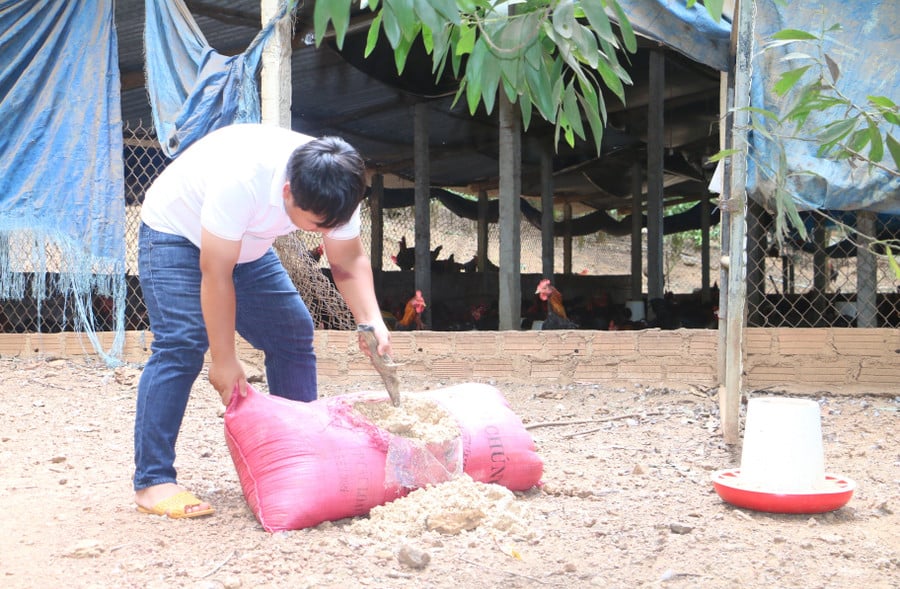
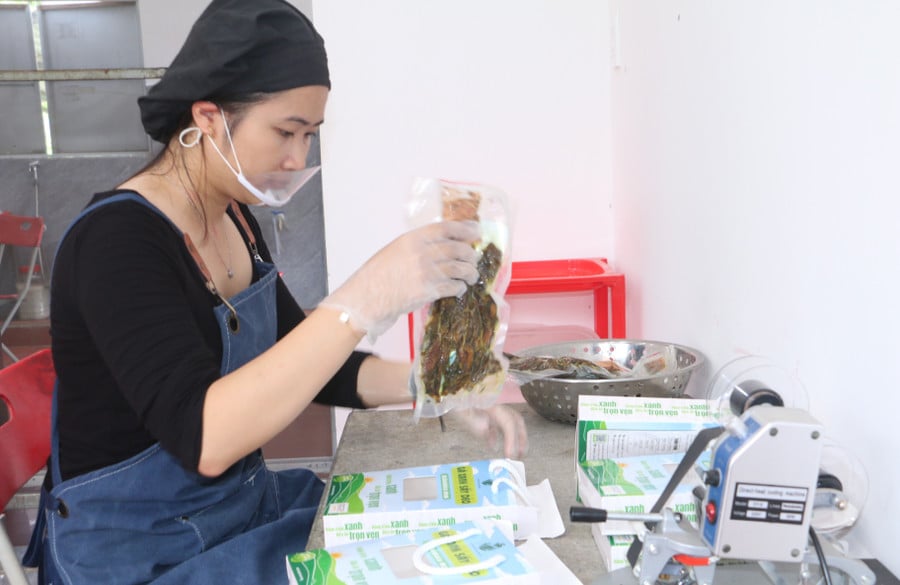
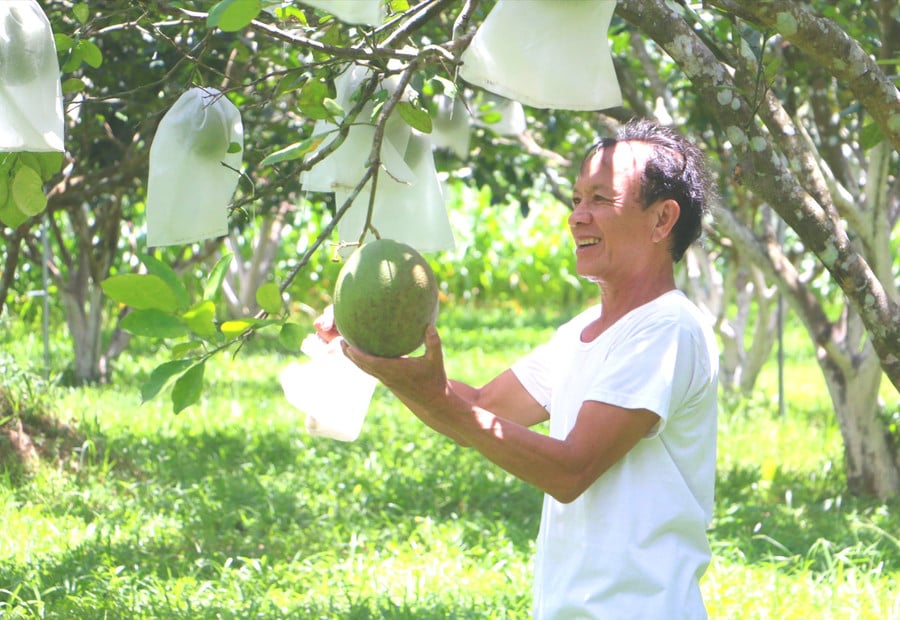
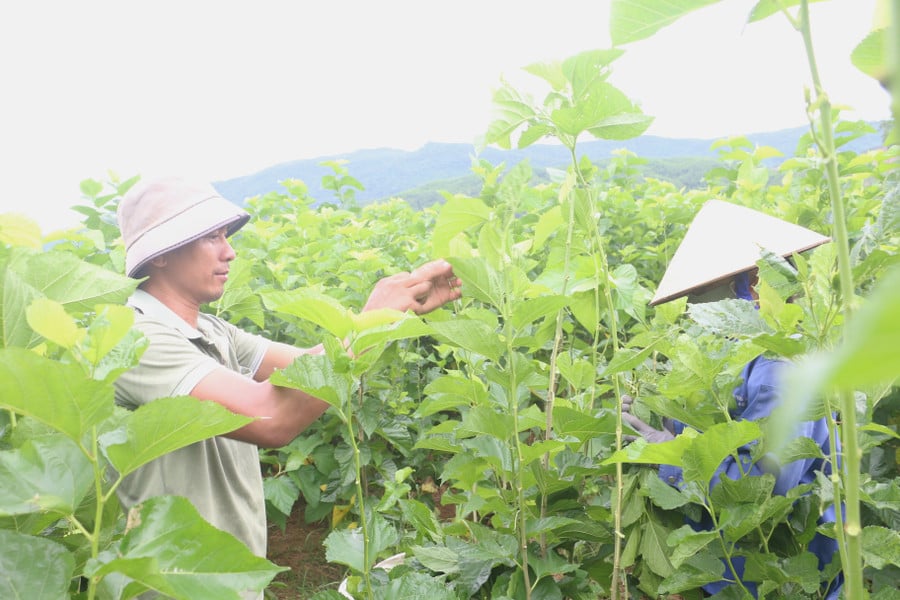
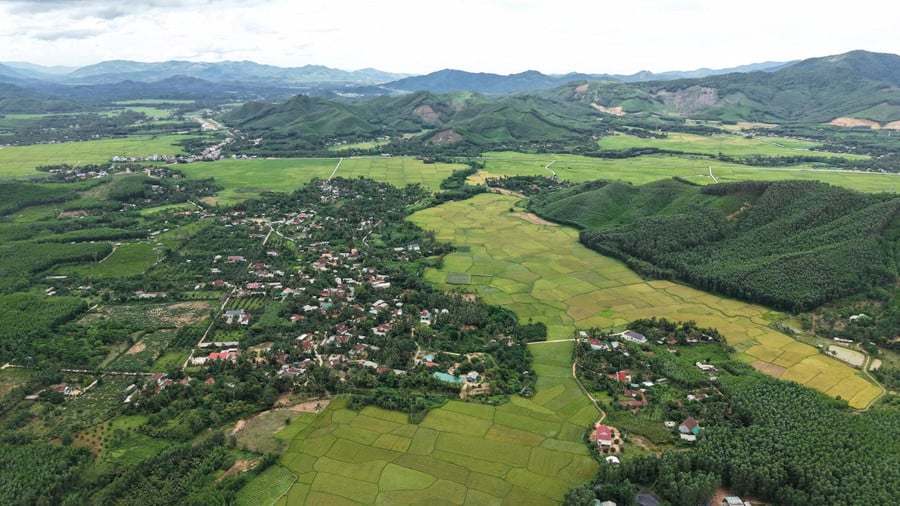



![[Photo] Binh Trieu 1 Bridge has been completed, raised by 1.1m, and will open to traffic at the end of November.](https://vphoto.vietnam.vn/thumb/1200x675/vietnam/resource/IMAGE/2025/10/2/a6549e2a3b5848a1ba76a1ded6141fae)


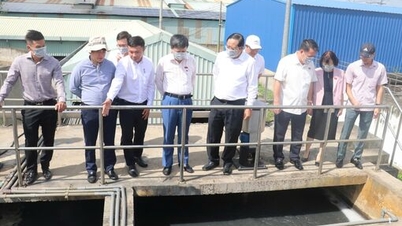

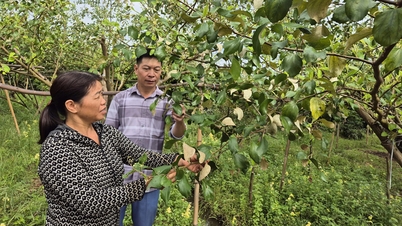

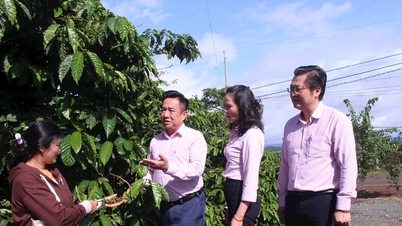



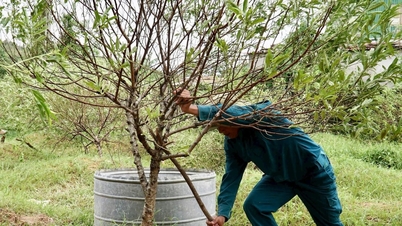

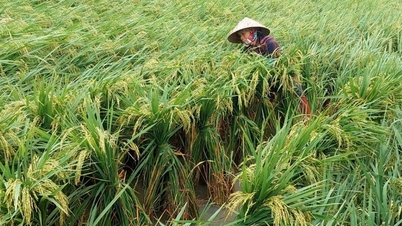

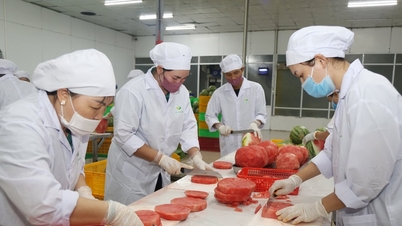


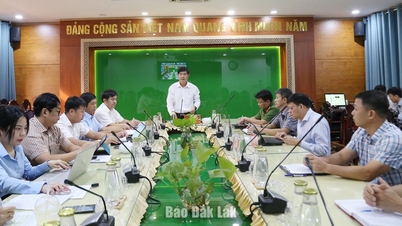

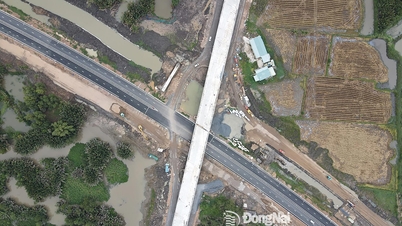

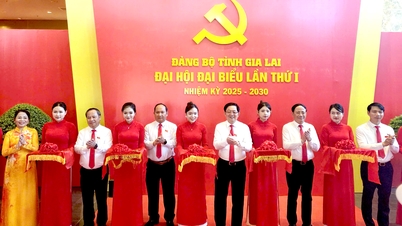

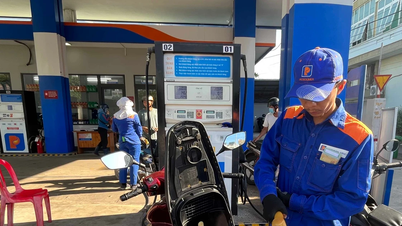




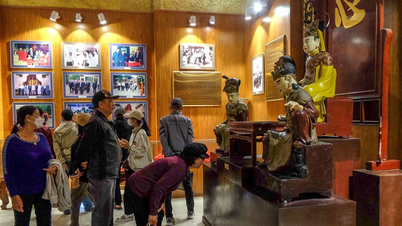
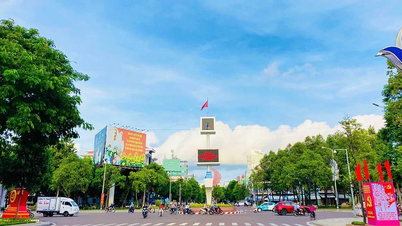
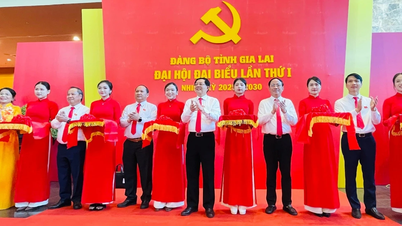

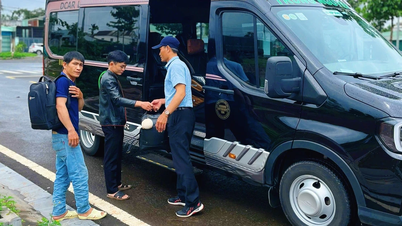
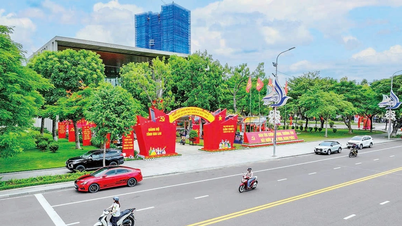














































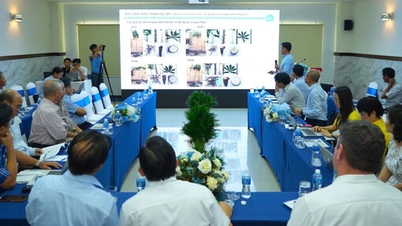
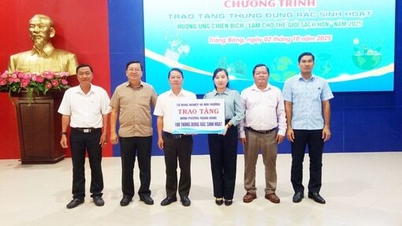
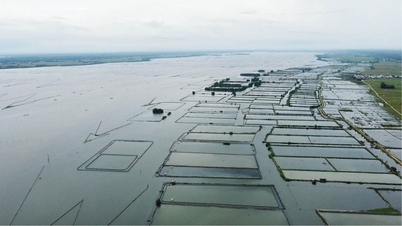

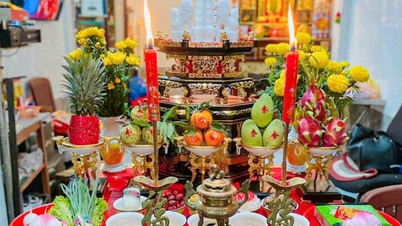

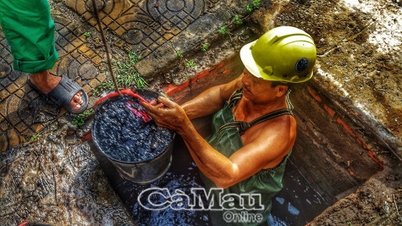













Comment (0)